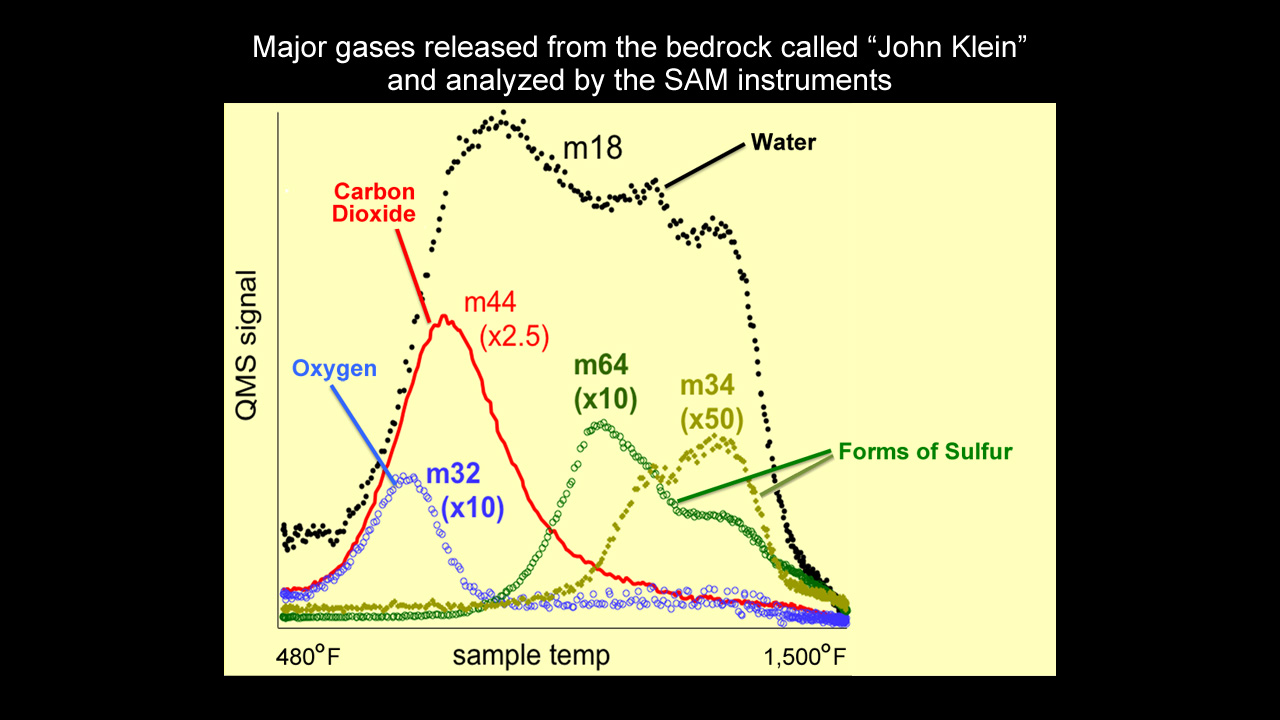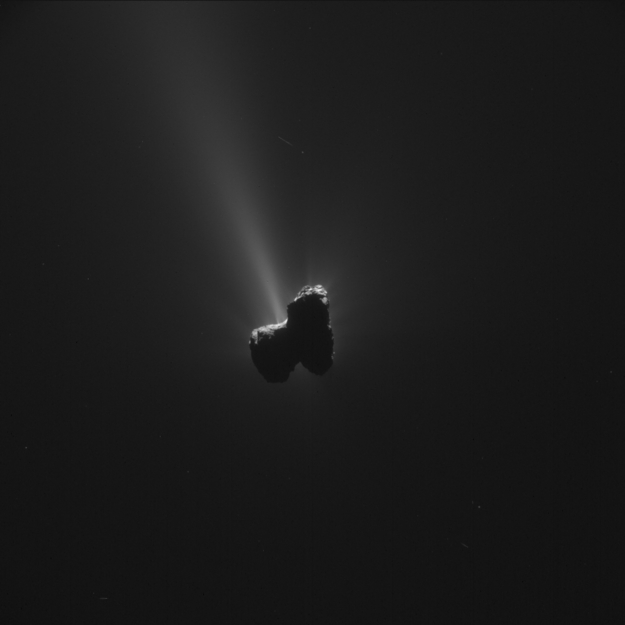Smell is one of the most fundamental human experiences – it can triggers memories, warns us of danger, or stir our imaginations.
And the worlds of our solar system have smells. It may not seem relevant - after all, even on the friendliest, taking more than a lungful of the local atmosphere would be fatal in seconds. But, through the incredible technology of, uh, picking up a lump of local rock and bringing it inside, future astronauts would probably be exposed to the smells of other worlds on a regular basis.
What would they smell?
Well, between our robots and our astronauts, there're a few places out there where we know (or can make a good guess) what the local aroma would be:
The Moon:
 |
| If you look closely you can see where the director covered up the tracks form the superman/nuclearman fight. No, really, the landing was fake but that fight was real. Would the internet lie to you? |
What’s odder is that it occurred to them to try eating some of it. The taste is —"not half bad," according to Apollo 16 astronaut John Young.
We can add to that that some of them suffered an allergic reaction to lunar dust. Apollo 17 astronaut Jack Schmitt had history's first recorded case of lunar hay fever.
Why the gunpowder smell and allergies? No-one really knows, but lunar meteorites and Moonrocks carried to Earth don’t have it. So the best explanation we have is that it’s down to a combination of the Moon’s lack of an atmosphere, and human’s needing an oxygen rich one: Something in the lunar dust is inert in the lunar vacuum, but reacts to produce a smell when exposed to breathable air.
Mars:
 |
| Apparently, red is the colour of 'eeeeeew'. |
 |
| Above: The gasses given off by Mars rocks as they're heated. Courtesy of JPL. |
Comet 67-P:
 |
| Above: It smells like poo and cyanide. No, seriously! Image courtesy of ESA |
As the Kathrin Altwegg, principal investigator for the ROSINA sensor, put it: “The perfume of 67P/C-G is… the odour of rotten eggs (hydrogen sulphide), horse stable (ammonia), and the pungent, suffocating odour of formaldehyde. This is mixed with the faint, bitter, almond-like aroma of hydrogen cyanide. Add some whiff of alcohol (methanol) to this mixture, paired with the vinegar-like aroma of sulphur dioxide and a hint of the sweet aromatic scent of carbon disulphide, and you arrive at the ‘perfume’ of our comet.”
Elsewhere in the Universe:

No comments:
Post a Comment